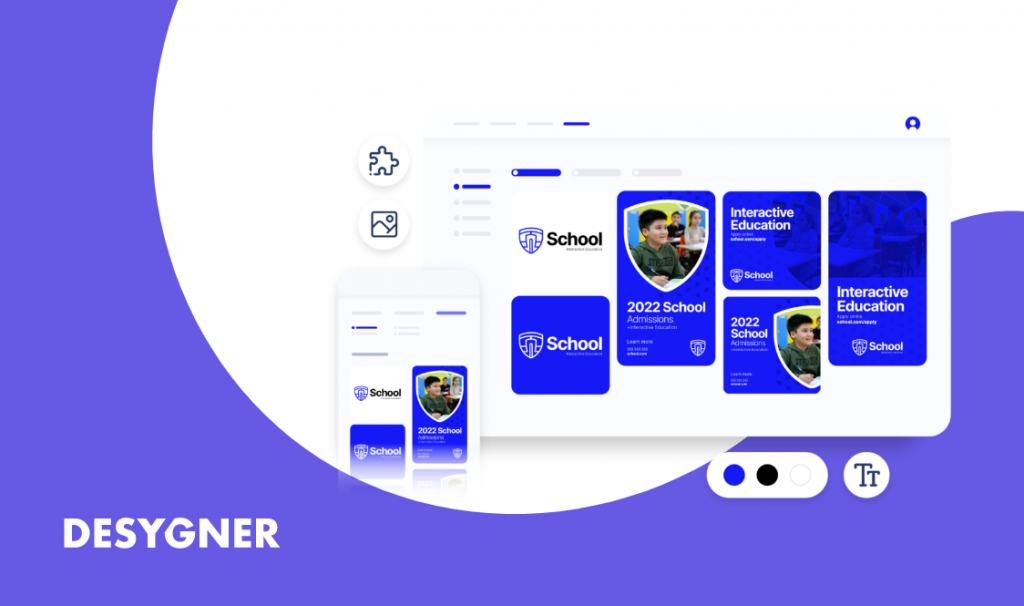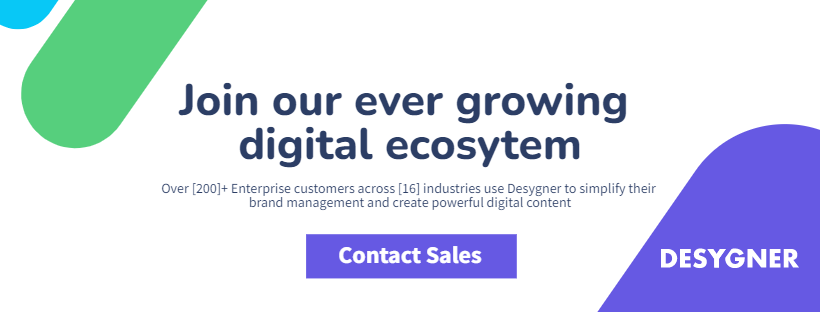Digital Asset Management Workflow (Step by Step Guide)
Perhaps you’re new to the realm of digital asset management and digital asset management workflow and are looking to sink your toes into DAM and its numerous benefits. We’ve got you covered because, in this article, we’ll be discussing all the whats, whys, and hows related to DAM workflow.
What is Digital Asset Management Workflow?
Starting with the basics, a workflow is essentially a series of tasks that process a certain dataset. When it comes to asset management, a typical workflow includes a vast range of tasks, from drafting assets to integrating them into a digital solution, then further submitting the solution for approval, and finally finetuning and editing.
DAM process aims to digitize the asset management process, enabling users to manage the entire creative workflow from a single location. That’s the broad definition of how DAM helps anyways.
Each digital asset has its own lifecycle, one that defines each segment of its life cycle. This leads to the next subtopic, the lifecycle of a digital asset.
The Life Cycle of a Digital Asset
With digital assets such as images and videos, there are four distinct phases in their lifetime, also known as a digital asset life cycle.
1. Creation
The creation phase is often defined by intensive drawing, designing, photographing, and modeling.
However, for any of the aforementioned activities to be carried out satisfactorily, brainstorming, creating draughts, iterating, and creating the final design are all quintessential activities.
Digital asset management workflow begins right from this stage. It’s crucial to make sure the same idea is considered while naming each iteration design to maximize its potential. The name should be constant regardless of whether you choose to optimize for accessibility using the date of the design, the stage of the draught, or any other criteria.
2. Management
Moving on from the creation of a digital asset, we arrive at the management phase of the digital asset’s lifecycle. At this stage, the majority of the tasks performed are purely administrative by nature.
Assigning permissions to the appropriate teams, ensuring they are accessible from a centralized location, effectively categorizing them, and providing metadata are all aspects of managing digital assets.
Making sure feedback is shared amongst teams is a crucial component of the management process that should not be overlooked. Moreover, communication with the relevant teams is required for approvals, rejections, modifying rights, and changing file and folder structures.
It is also crucial to have a single repository for the digital assets, where they can be conveniently accessed by teams who need them and sorted through to discover the files they need. This necessitates a uniform folder organization and naming scheme that is both simple to understand and simple to use.
3. Distribution
The third stage is the distribution stage: which involves ending the digital assets across the internet to other teams and partners. Compared to the other three stages, the distribution stage tends to be more relevant for most teams.
It’s vital to be able to easily and securely track who has received what at this phase. It’s crucial to avoid transmitting them through conventional channels in particular because they are not scaleable, such as email or FTP.
The distribution phase will start once each team has been granted access to the raw, uncompressed files through a common site.
The digital asset is then embedded into emails, onto web pages, and linked with social media. Linking works brilliantly because it allows for easier tracking of interactions on the internet-a figure that is used quite often in gauging the effectiveness of a digital marketing asset.
4. Archiving
When a digital asset has finished its life cycle, it is time to either retire it or perhaps merely store it for later use. Many teams opt to completely skip this step; however, it may be crucial for the organization. Without maintaining sufficient documentation, gathering data about a project is not particularly beneficial.
Generally speaking, the steps involved in creating repositories to back up the asset are nearly comparable. It makes managing non-currently-used assets much simpler and serves to preserve them.
5 Benefits Of Digital Asset Management Workflow
1. Organize Content
One of the greatest benefits of DAM is that it allows for the organizing of content. This allows team members and outside partners can locate all they require in a single system.
New assets are always being generated due to the ongoing demand for marketing content. However, having more files may make it simpler to lose them. Team alignment and content accessibility are maintained by having a central area where users can regularly locate what they need when they need it.
Additionally, since missing assets are safe and simple to find once they’re kept in the system, DAM systems can eliminate the expenditures of having them recreated.
2. Repurpose your Best-Performing Content
Repurpose your best-performing content again to save time and money. DAM systems can increase the value of assets through reuse and repurposing by giving a complete view of the content that is available. It’s not just about recycling current copy, graphics, video, or other creative content; it’s also about rethinking it to fulfill brand-new objectives.
Teams may develop prior projects and give them new life while saving time, money, and resources by building on assets that already exist when past and current content is freely available.
3. Ensure Brand Consistency
Digital asset management workflow allows you to align brand guidelines and content across creators and communicators. This ensures that all your team members use the same on-brand files.
A single content repository with simple search tools allows marketers to curtail the use of outdated or low-quality file versions. Consistent use of the right content helps ensure cohesive brand messaging and thus a wholly solid brand image.
4. Monitor Content Effectiveness
By understanding where and why teammates publish content and measuring how well it engages your audience, you can gauge how effective your content is.
DAM systems often include analytics tools that track who is using which assets — when, where, and how. This data can be used to inform system optimization and influence important content strategy decisions. Using data to inform content strategy allows teams to identify opportunities to reuse their best-performing content, ultimately saving time and valuable resources.
5. Aids in Preventing Video Duplicates
By employing DAM, you can ensure that a certain video file is only uploaded once. Videos, especially high-quality videos, take up many GB of space on both servers and users’ computers.
DAM tags video files to multiple categories—freeing up space while also ensuring proper storage and organization with the central repository of data. Note that this is only one of the many benefits of video asset management.
Final Thoughts
However, the benefits of DAM don’t end here. Whether you want to improve productivity, speed up asset searching, or introduce work from home, Desygner’s Digital Asset Management workflow software solution is the way to go. After all, online marketing is quickly gaining notoriety, and DAM is shaping up to be one of the only ways to stay ahead of the curve!








